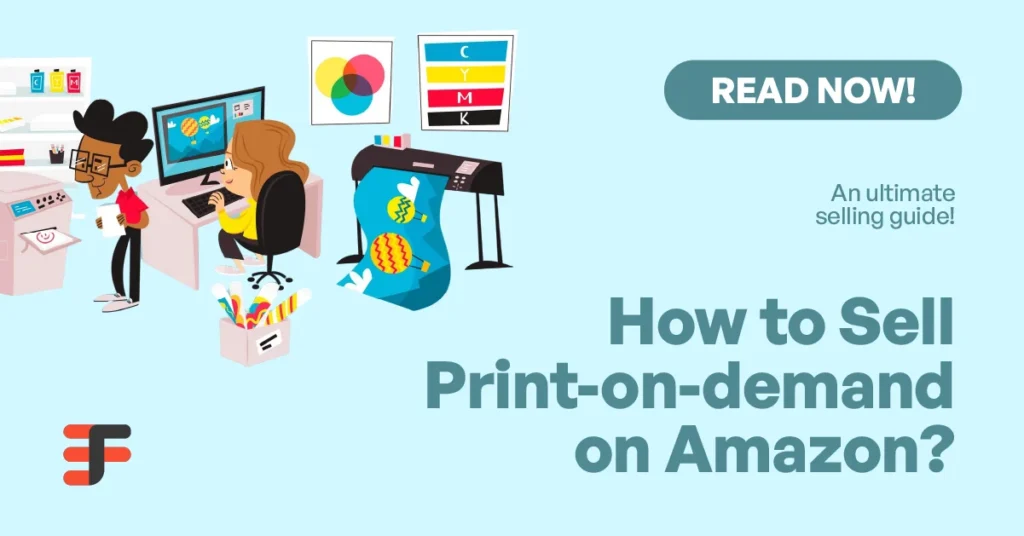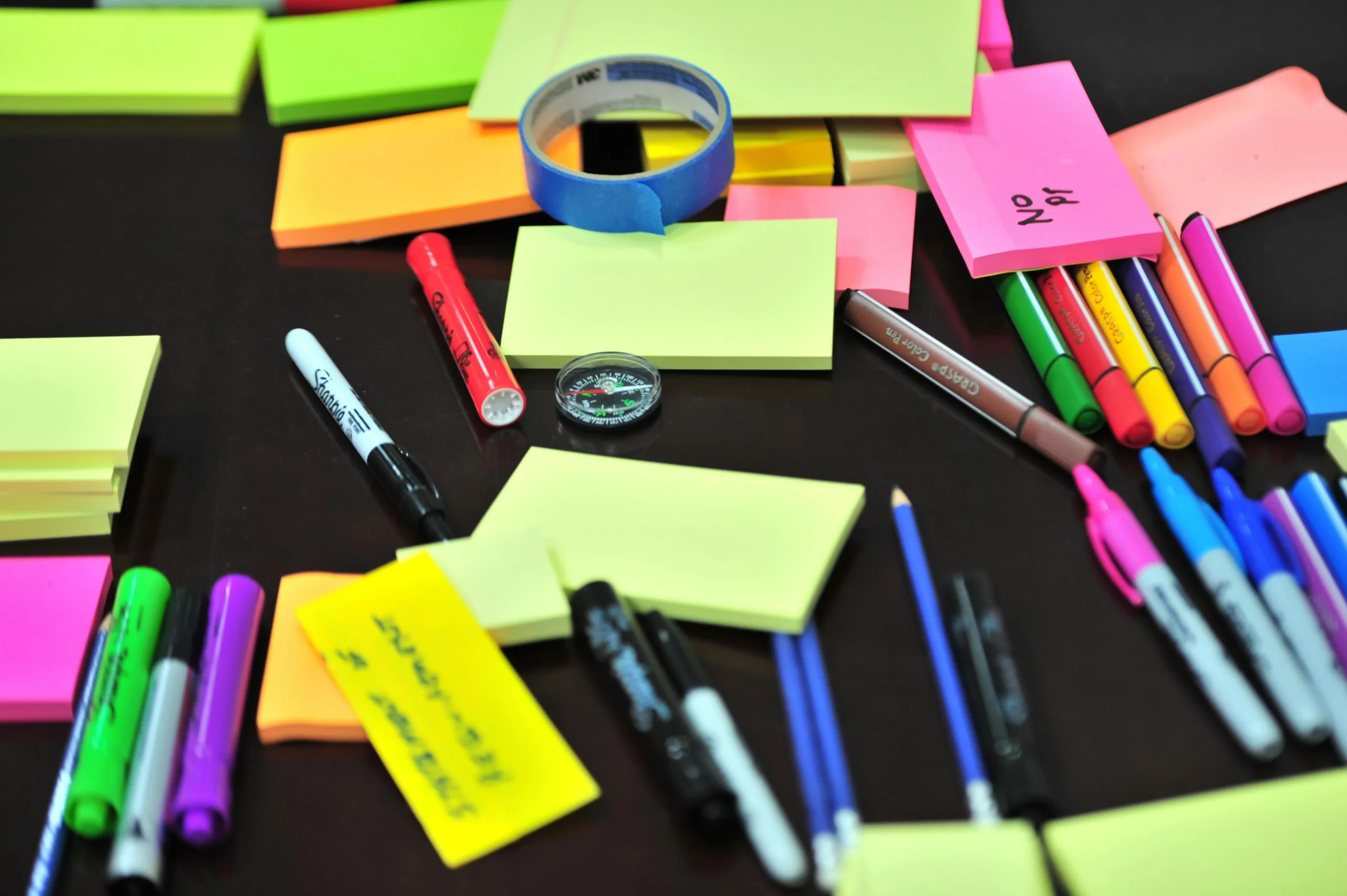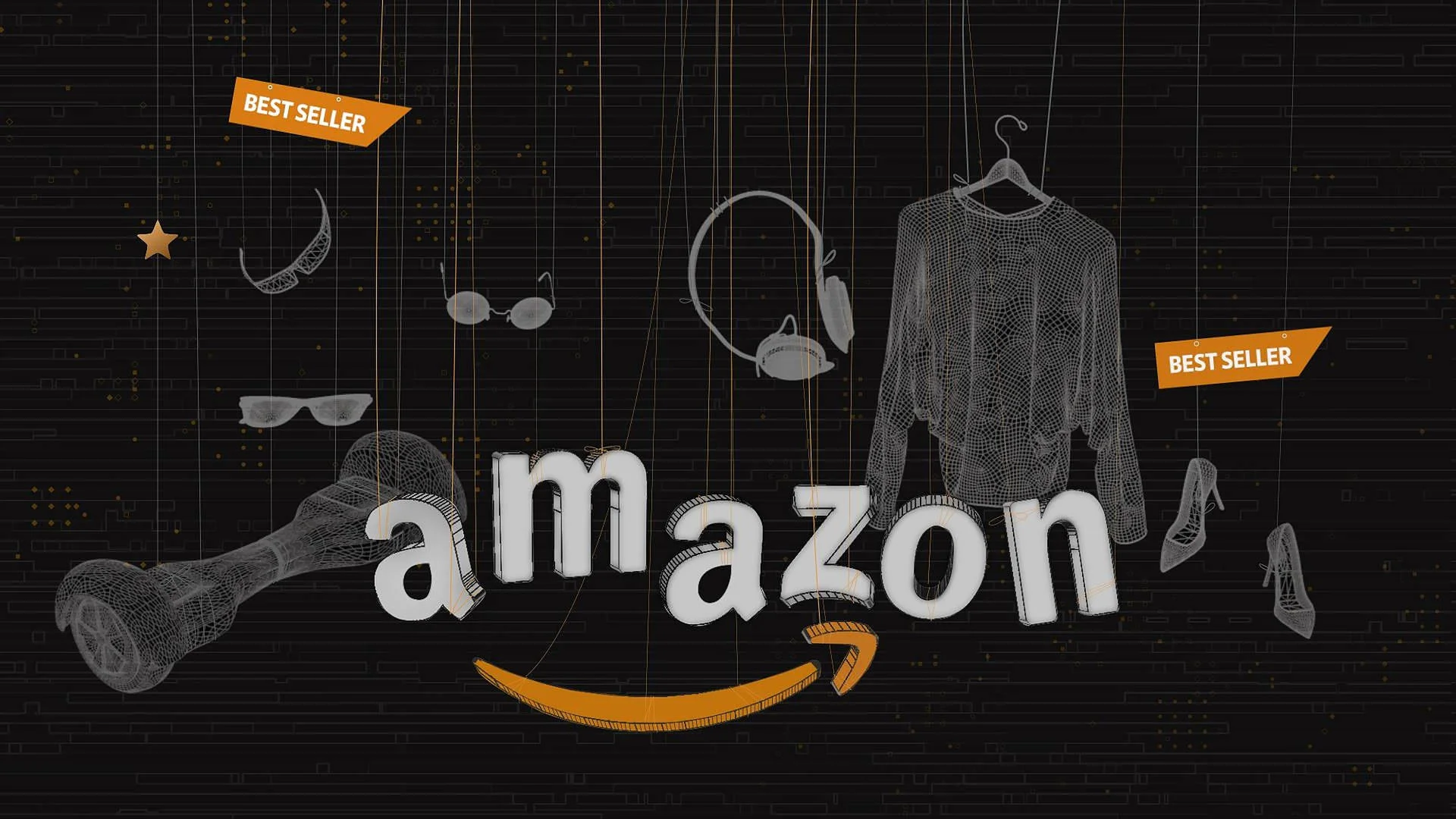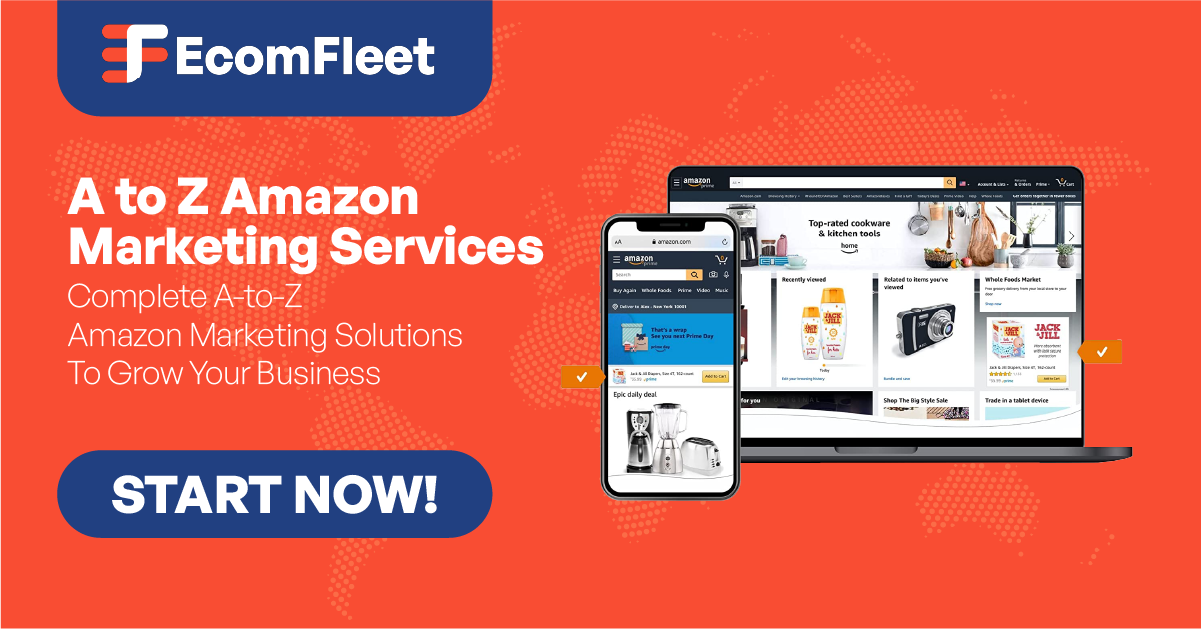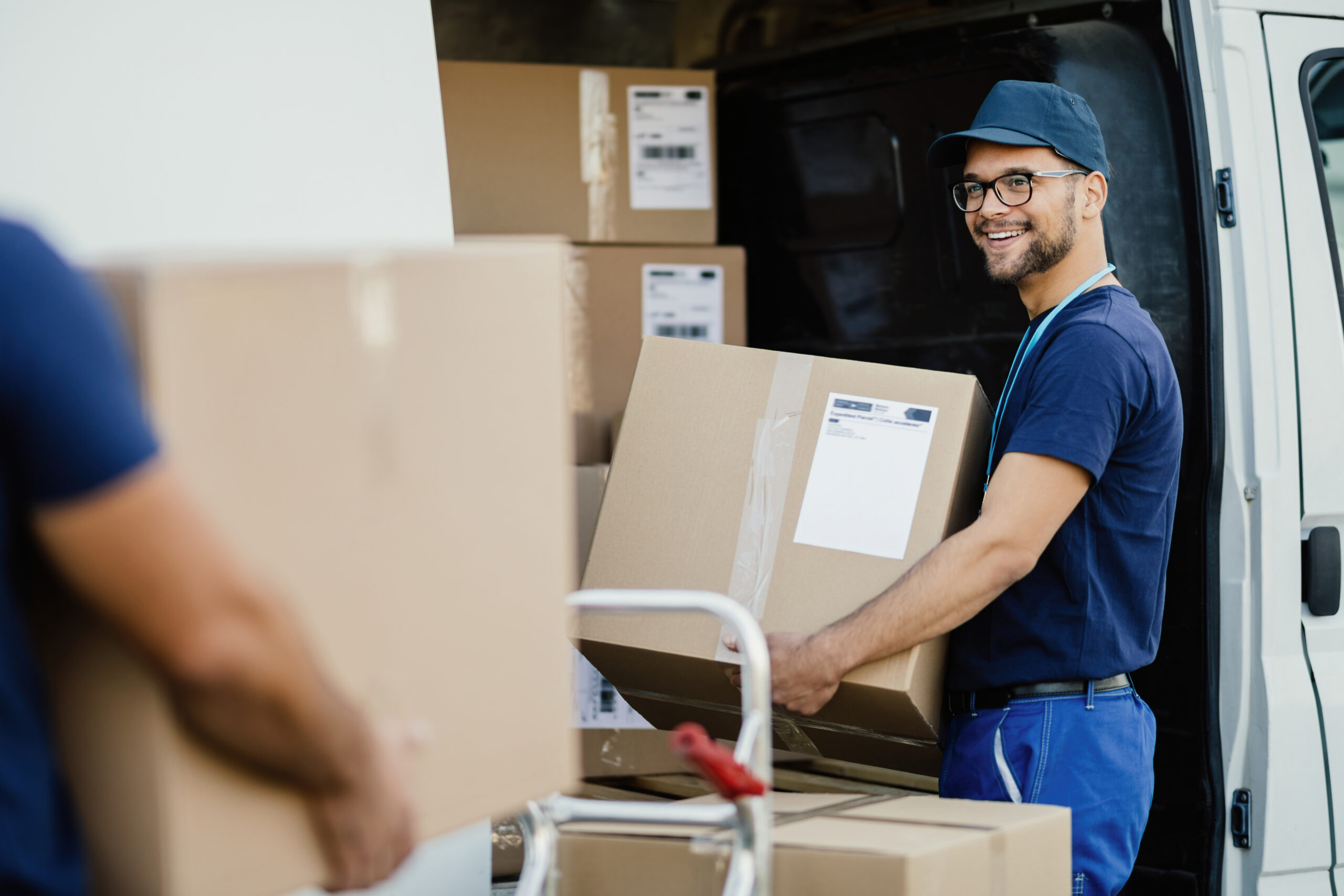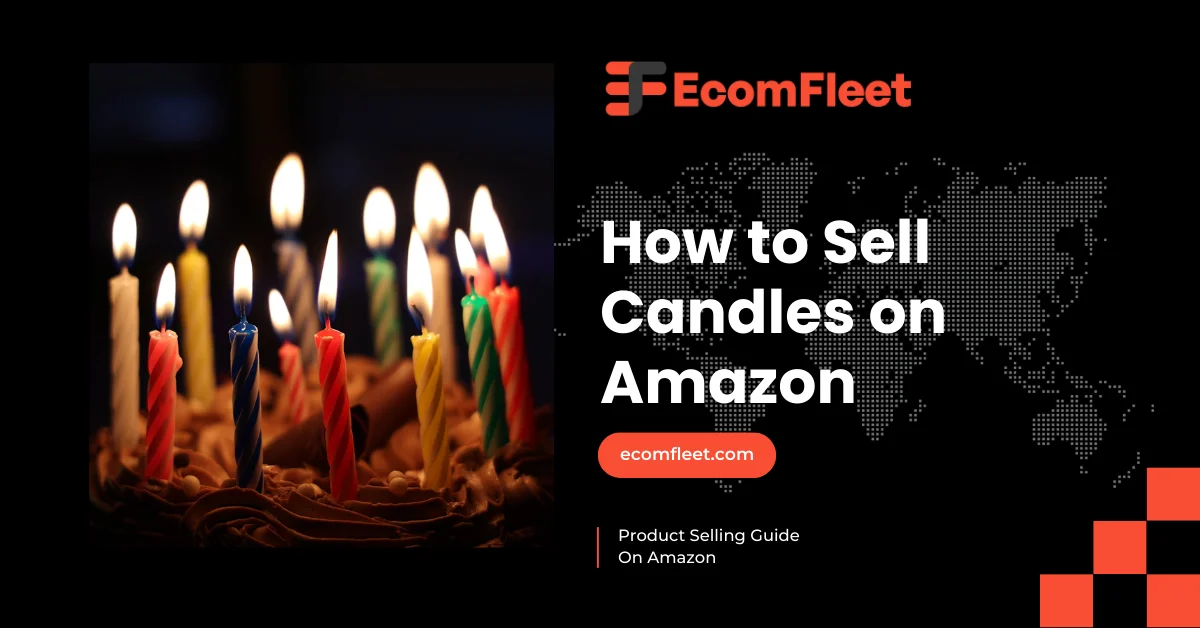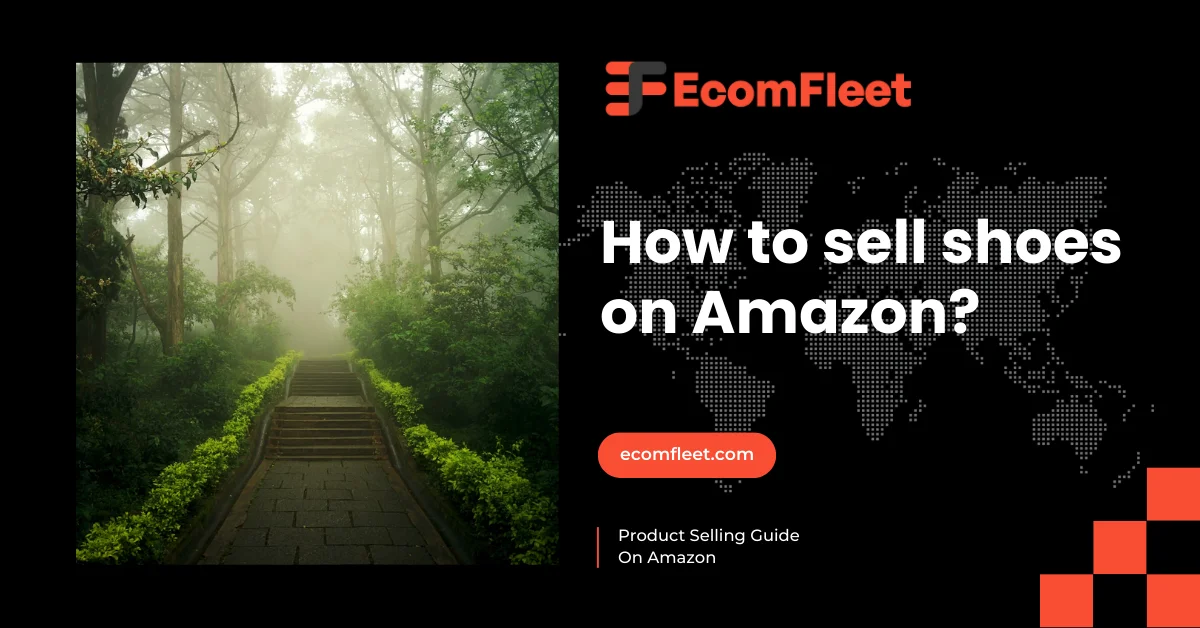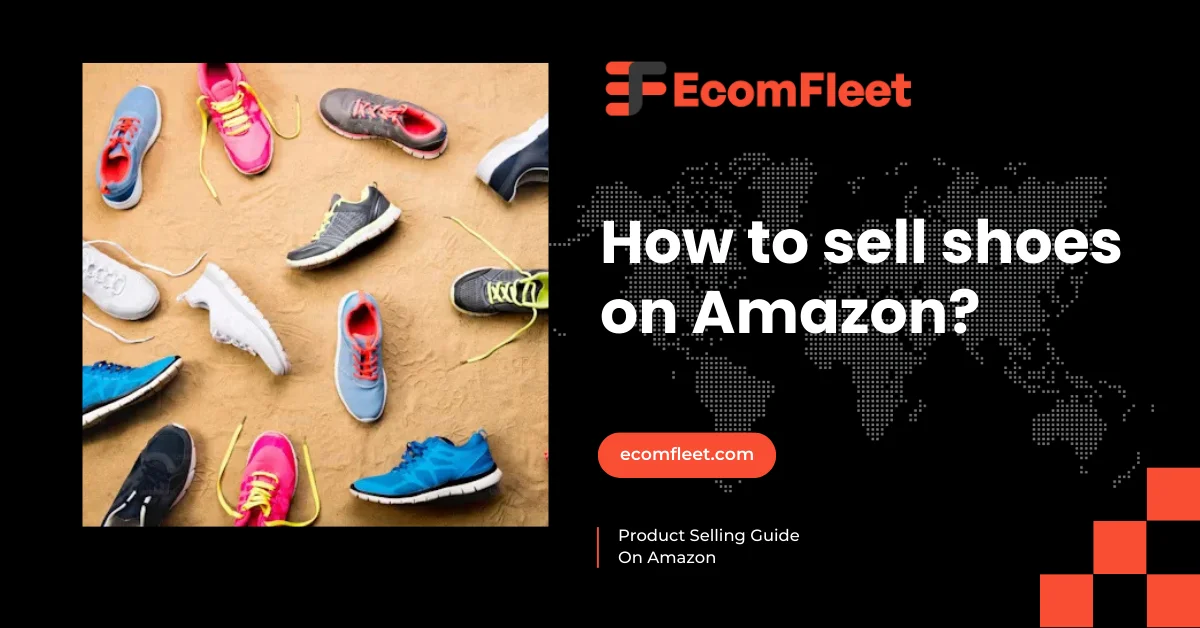What is a Print-on-Demand product?
Print-on-demand (POD) is a service that allows you to create and sell custom products without holding any inventory. Instead of printing a large number of items upfront, you can design products like t-shirts, mugs, or phone cases, and they are printed only when someone orders them. This means you don’t need to spend money on items that might not be sold.
The process is simple. First, you choose a product you want to sell, like a t-shirt. Then, you create a unique design using images or text. Once your design is ready, you upload it to a POD platform, such as Teespring. When a customer places an order, the POD service prints your design on the product and ships it directly to the buyer.
This model is great for artists, entrepreneurs, or anyone wanting to start a business without the risk of unsold inventory. You can easily test new ideas and designs since you only pay for what is sold. Plus, it allows for flexibility; if a design isn’t working, you can quickly change it without losing money.
POD also enables you to reach a global audience. Customers can order from anywhere, and you don’t have to worry about shipping logistics. This makes it a convenient option for those who want to enter the online marketplace with minimal upfront costs.
Potential Of Selling Print-on Design on Amazon
Selling print-on-demand (POD) designs on Amazon presents a low-risk, scalable business model for entrepreneurs. POD allows sellers to create custom products, such as t-shirts, mugs, and phone cases, without the need for large inventories. Once a design is created, products are only made when ordered, eliminating the risk of unsold stock.
The print-on-demand market is experiencing significant growth. Valued at $6.3 billion in 2022, the market is projected to grow at an impressive 28.8% compound annual growth rate (CAGR) from 2023 to 2030, driven by rising consumer demand for personalized products and the increasing accessibility of e-commerce platforms like Amazon
Selling on Amazon involves both base production costs and platform fees. Amazon typically charges a 15% referral fee on each sale, and sellers using a Professional account pay a $39.99 monthly subscription fee. Despite these costs, POD can yield healthy profit margins, generally between 30% and 50%. For example, a t-shirt sold for $25 with a base cost of $10 and Amazon fees of $3.75 leaves a profit of around $11.25.
POD’s scalability is a major advantage. Sellers can expand their product range without worrying about inventory management, allowing them to grow quickly as demand increases. Additionally, utilizing social media marketing and Amazon’s own advertising tools, like Sponsored Products, helps drive traffic and sales, especially in niche markets.
Choosing right Print on Demand Product or Provider
Selecting the ideal print-on-demand (POD) product or provider is crucial for success in the e-commerce space. There are various types of POD products, each suited for different target audiences.
Apparel
T-shirts, hoodies, and hats are popular choices that cater to a broad demographic, especially younger consumers. These products are ideal for creating casual, everyday wear with unique graphics or slogans, making them perfect for trendsetters and casual fashion lovers.
- Cost: $10 – $30
- Profit Potential: $10 – $25
- Example: Custom graphic T-shirts targeting specific hobbies or interests, such as pet lovers or fitness enthusiasts.
Home Decor
Products like wall art, pillows, and blankets attract customers interested in personalizing their living spaces. This option is perfect for those who focus on aesthetic appeal, such as home decor enthusiasts and interior designers wanting to tap into the home design market.
- Cost: $15 – $50
- Profit Potential: $15 – $35
- Example: Personalized canvas prints that feature quotes or images related to popular culture or personal milestones.
Accessories
Items like tote bags, phone cases, and jewelry appeal to trend-conscious individuals. These products work well for creators who want to offer practical, stylish solutions, making them ideal for fashionistas and those who love unique accessories.
- Cost: $5 – $25
- Profit Potential: $5 – $20
- Example: Stylish tote bags with custom artwork aimed at environmentally conscious consumers or fashion-forward individuals.
Stationery
Notebooks, planners, and greeting cards cater to a niche market of students and professionals who appreciate personalized stationery. This category suits those who love creating functional art, perfect for students, teachers, and anyone who enjoys writing and organization.
- Cost: $2 – $20
- Profit Potential: $2 – $15
- Example: Themed notebooks for students, such as those featuring popular anime characters or motivational designs for professionals.
When choosing a POD provider, consider their product range, printing quality, and shipping options. A provider with a diverse catalog allows for greater flexibility, enabling you to explore various product lines and reach different customer segments. Ultimately, the right choice depends on your target audience and creative vision.
Crafting Compelling Branding Strategies
Clearly explain what your brand is about. What values do you care about? Is it quality, being eco-friendly, helping the community, or something else? This helps build a real connection with your customers.
Figure out who your ideal customers are. What do they like? What are their interests and problems? Understanding this will help you create a brand that speaks to them. Find out what makes your coffee special. Is it where you get your beans, how you roast them, or unique flavors? Make sure to share this clearly with the customers.
- Define Your Brand Identity: Start by figuring out what your brand represents. Think about your values, mission, and what makes you unique. This will help you create a clear message that resonates with your audience.
- Create a Logo: Your logo is the face of your brand. Design a simple and memorable logo that reflects your identity. Use colors and shapes that represent your brand’s personality. Online tools like Canva can help you design a professional-looking logo easily.
- Develop Mockups: Use mockups to visualize how your designs will look on products. This can include t-shirts, mugs, or posters. Mockups give potential customers a realistic view of your items, making them more likely to buy.
- Consistent Visuals: Use consistent colors, fonts, and styles across all your branding materials. This includes your website, social media, and packaging. Consistency helps people recognize your brand quickly.
- Tell Your Story: Share your journey and what inspired you to start your brand. People connect with stories, and this can build loyalty among your customers.
- Engage with Your Audience: Use social media to interact with your customers. Ask for feedback and encourage them to share their experiences. Building a community around your brand fosters trust and loyalty.
Do Amazon Marketing or Hire an Amazon Consultant
When selling on Amazon, effective marketing is essential for standing out in a competitive marketplace. You have two primary options: manage your marketing efforts yourself or hire an Amazon consultant. Each choice has its advantages, depending on your business goals and expertise.
Amazon Storefront Design: A well-designed storefront is vital for showcasing your brand and products. It serves as a virtual shopfront that customers interact with when browsing. A professional consultant can create a visually appealing and user-friendly storefront that not only highlights your products but also enhances your brand image. This polished presentation can significantly improve customer engagement and drive conversions.
Amazon PPC: Pay-per-click (PPC) advertising is one of the most effective ways to increase product visibility on Amazon. Managing PPC campaigns can be complex, as it requires ongoing monitoring and optimization. An experienced consultant can help you set up targeted PPC campaigns, select the right keywords, and analyze performance metrics. This expertise can lead to a higher return on investment and more sales over time.
SEO Optimization: Beyond PPC, optimizing your product listings for Amazon’s search algorithm is crucial. This includes using relevant keywords in your titles and descriptions, managing product images, and ensuring competitive pricing. An Amazon consultant can provide insights into best practices that enhance your organic rankings, making it easier for potential customers to find your products.
Intent of EcomFleet: At EcomFleet, our mission is to simplify your e-commerce journey. We provide tailored guidance to help sellers navigate the complexities of Amazon marketing effectively. Our team specializes in creating customized strategies that align with your business goals.
Hire Ecomfleet to Skyrockets your Amazon sales
If you are unsure where to start or need expert help, consider reaching out to Ecomfleet. Our experienced consultants can help your coffee brand thrive in a competitive market. Let us handle the details so you can enjoy the rewards of your hard work.
Benefits of Sending Product for Amazon FBA Service
Utilizing Amazon’s Fulfillment by Amazon (FBA) service can streamline your e-commerce operations and enhance customer satisfaction. Here’s a step-by-step guide to sending your products to Amazon for FBA.
- Prime Eligibility
Products fulfilled through Amazon FBA are automatically eligible for Amazon Prime. This significantly boosts visibility and appeals to Prime members who prefer quick shipping options. Many customers filter their searches to show only Prime-eligible items, which often leads to higher sales volumes, as these items are more likely to be purchased.
- Simplified Logistics
Amazon FBA manages the logistics of storage, packaging, and shipping, allowing sellers to concentrate on product sourcing, marketing, and other essential business activities. This simplification not only saves time but also reduces operational complexity, letting sellers scale their businesses more effectively without the hassles of logistics management.
- Cost-Effective Shipping
FBA provides sellers access to Amazon’s discounted shipping rates, which can significantly lower shipping costs compared to handling shipping independently. While sellers incur FBA fees, including a fulfillment fee (typically ranging from $2.50 to $5.50 per unit, depending on size and weight) and a monthly storage fee (ranging from $0.75 to $2.40 per cubic foot), these costs are often outweighed by the savings on shipping and the potential for increased sales.
Additionally, Amazon charges long-term storage fees for items stored in FBA for more than six months, which can be as high as $6.90 per cubic foot. Sellers should regularly monitor their inventory to avoid these fees.
- Enhanced Customer Service
Amazon handles all customer support for FBA orders, including inquiries, returns, and refunds. This allows sellers to provide better service without heavily investing in customer support infrastructure, leading to improved customer satisfaction and retention. The reliance on Amazon’s trusted customer service can also enhance a seller’s reputation.
- Increased Sales Potential
FBA products tend to rank higher in Amazon’s search results, thanks to Amazon’s preference for FBA items. This, combined with the benefits of Prime eligibility and reliable logistics, increases the likelihood of higher sales. The automatic handling of returns also instills greater confidence in buyers, making them more likely to complete a purchase.
- Scalability and Flexibility
FBA enables sellers to scale their operations without the burden of managing their own warehouses or fulfillment centers. As their business grows, sellers can easily send larger quantities of inventory to Amazon. This flexibility is particularly beneficial for sellers of print-on-demand products, as they can seamlessly integrate their inventory management with Amazon’s system. Print-on-demand sellers can utilize FBA to handle the storage and shipping of items only after they are sold, reducing upfront inventory costs.
Top selling print-on-demand Brands
The print-on-demand (POD) industry has surged in popularity, allowing creators to monetize their designs without the hassle of inventory. Here are some of the top-selling POD design categories that consistently
- Printful
Printful is a leading print-on-demand fulfillment company that allows businesses to create and sell custom products online. They offer a wide range of products, including apparel, accessories, and home decor. Printful integrates seamlessly with e-commerce platforms like Shopify, Etsy, and WooCommerce.
Cost Price: $8.00 to $12.00
- Teespring (now Spring)
Teespring, rebranded as Spring, is another popular print-on-demand platform that allows creators to design and sell custom products without any upfront costs. They specialize in apparel but also offer a variety of other items like mugs, phone cases, and stickers. Spring focuses on enabling social media influencers and creators to monetize their content easily.
Cost Price: $10.00 to $15.00
- Redbubble
Redbubble is a unique platform that allows artists and designers to showcase their work on a variety of products, from clothing to wall art. The platform is artist-centric, meaning creators can set their prices and earn royalties on every sale. Redbubble handles printing, shipping, and customer service for the creators.
Cost Price: $20.00 to $25.00
- Society6
Society6 is a print-on-demand platform that focuses on home decor and lifestyle products. Artists can upload their designs, which are printed on items like wall art, bedding, and furniture. Society6 also offers a community-driven marketplace for artists to sell their work.
Cost Price: $15.00 to $50.00
- Apliiq
Apliiq specializes in custom apparel, focusing on unique branding and embellishments such as labels, embroidery, and custom cuts. They cater to businesses looking for more personalized products, making them a go-to for fashion-forward brands and small businesses.
Cost Price: $15.00 to $20.00
Conclusion
Print-on-demand presents a valuable opportunity for creators to monetize unique designs without managing inventory. By focusing on popular categories like apparel and home decor, and leveraging platforms like Amazon for fulfillment, you can effectively reach your audience. Stay adaptable and responsive to trends, and you’ll build a strong brand that resonates with customers and drives sales.
Frequently Asked Questions:
What are the best platforms for starting a print-on-demand business?
Popular platforms include Shopify, Etsy, and Amazon, each offering unique features for sellers, such as ease of use and integrated fulfillment options.
How do I choose profitable designs for print-on-demand products?
Research market trends and analyze competitor offerings to identify niche opportunities, ensuring your designs resonate with specific audiences.
What are the common mistakes to avoid in print-on-demand selling?
Sellers should avoid pitfalls like neglecting product quality, underpricing items, and insufficient marketing efforts, as these can hinder success.
How can I effectively market my print-on-demand products?
Utilize social media, SEO, and email marketing strategies to promote your designs, engage with potential customers, and drive traffic to your store.

